Lot n° 163
Estimation :
30000 - 50000
EUR
Result with fees
Result
: 36 570EUR
Head of a king or high priest in sculpted... - Lot 163 - Tessier & Sarrou et Associés
Head of a king or high priest in sculpted limestone with traces of gray paint. Wearing a bonnet on a head of hair with slightly wavy strands falling on the temples, he has almond-shaped eyes with hemmed eyelids, emaciated cheeks, a closed mouth surrounded by drooping moustaches and a long beard with fine wavy strands.
Ile de France, Cloister of the Abbey of Saint-Denis, second third of the 12th century
H. 47 cm (visible erosion and missing pieces)
The stone of this sculpture has been analyzed by the geologist Annie Blanc. It is "a fine, yellowish-white limestone, made up of small debris of marine organisms, which could come from the Lutetian terrain, exploited in the old quarries around Carrières-sur-Seine (formerly Carrières-Saint-Denis). Moreover, this head has the stylistic characteristics of 12th century sculptures. These indications allow us to consider three possible places that used this limestone at that time: the convent of Nanterre, the crypt or the cloister of Saint-Denis. The nature of the limestone does not allow it to be exposed to the elements, so the sculpture was intended for a protected place. The archives are sorely lacking concerning these places and we know very little about them. What can be envisaged, thanks to the studies and the little information available, is perhaps a provenance from the cloister of the abbey of Saint-Denis. Indeed, according to Michel Wyss who studies this cloister, it seems, according to a plan by Robert de Cotte around 1699, that surveys have been made. This document shows a difference in orientation between the cloister and the basilica, which makes it possible to envisage a separate architectural program between the two buildings. It is known that Suger, on his arrival, found at least the monks' building and the refectory of Carolingian origin. A drawing of a view of the cloister in 1611 by Etienne Martellange (preserved in the Ashmolean Museum in Oxfort, C Lar II 106) shows Romanesque semicircular arches for the eastern and western galleries, different from the radiating network of the northern gallery backing onto the basilica. Moreover, Suger's writings on the subject of the reconstruction of the cloister indicate that he called upon foreign craftsmen for his construction site, in order to open up Saint Denis to outside influences; the workmen worked in particular with sculptors from Liège for certain column bases. With all these elements in mind, we could imagine that this head of a large column statue could stand in the embrasure or support the tympanum of a porch, that of the refectory for example, or of the chapter house. As the workmanship is still very Romanesque, it is possible to imagine that it was sculpted at the beginning of the reconstruction of the cloister.
Works consulted :
Vergnolle, E., L'art roman en France, Paris, 1994
Berné, D. and Plagnieux, P., Naissance de la sculpture gothique, Saint- Denis, Paris, Chartres, catalog of the exhibition Musée de Cluny, 10 October to 31 December 2018 pp 189-205.
Wyss, M. (with the contribution of R.Favreau), Saint-Denis, I, Sculptures romanes découvertes lors des fouilles urbaines, Bulletin monumental, 1992, pp 309-354
My orders
Sale information
Sales conditions
Return to catalogue


